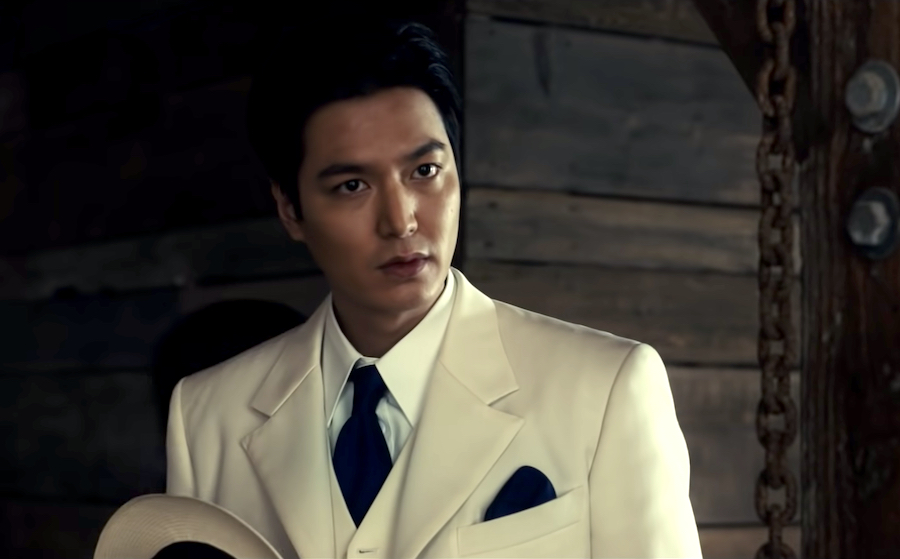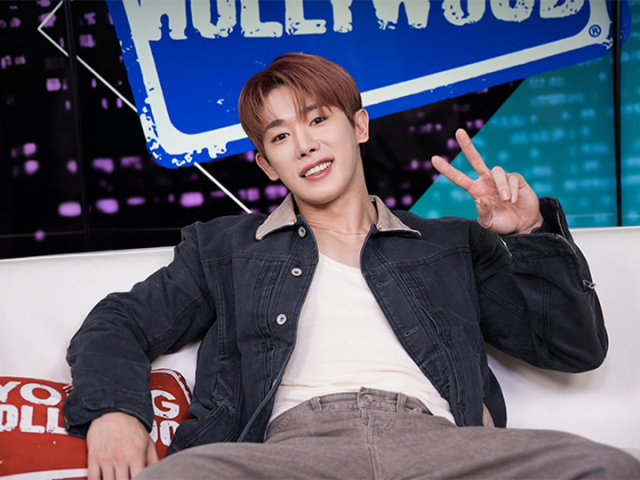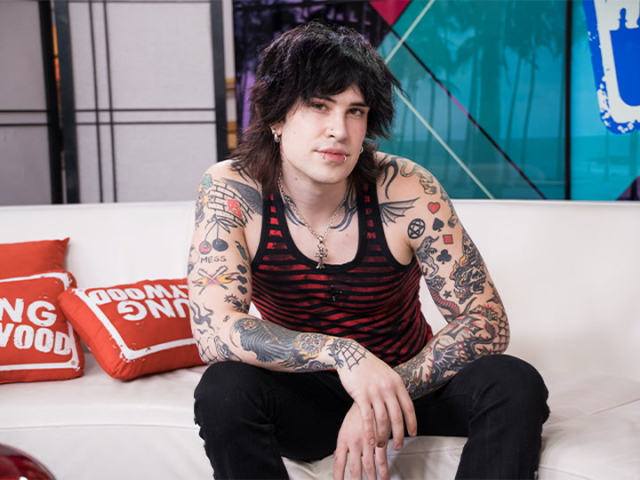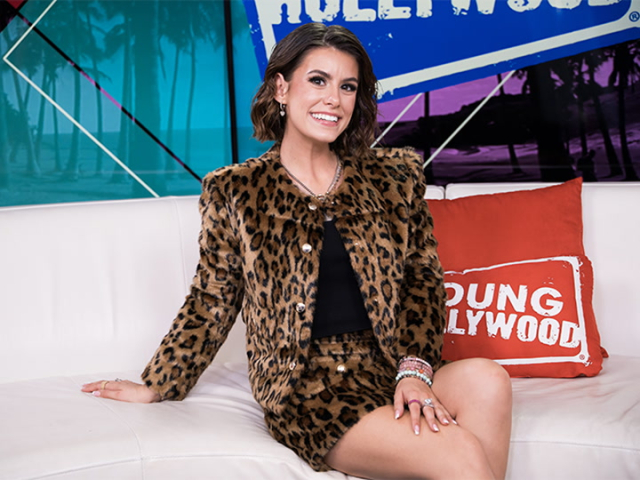Apple TV's 'Pachinko' Adaptation: Bop or Flop?

Pachinko is a novel by Min Jin Lee published back in 2017 about a Korean family that immigrates to Japan and takes place over the course of several generations in the 20th Century. The novel was a finalist for the National Book Award for Fiction before it was picked up by Apple TV+ to bring it from page to screen.
The novel is separated into 3 sections, starting with Book One, where we are introduced to this small Korean family in the 1910s that faces many and one misfortune: Only one out of three children born to the parents of the clan, Hoonie and Yangjin, survive at all. That is our protagonist, Sunja. After a little more hardship, Sunja finds herself in Osaka, Japan, where she learns fairly quickly that Koreans will get the short end of the stick in the country.
After some time, Book Two starts with Sunja and her two kids, who are still in Japan and still struggling financially. At the beginning of World War II, they receive financial help from a restaurant owner, Kim Changho. And after a great twist of events with the true owner of the restaurant, Sunja ends up in the countryside and working at a factory in Nagasaki.
That is where Books One and Two end; we will spare any potential spoilers for those who are only watching the TV series!
To tell this story on-screen, American, Japanese, and Korean producers were included on the creative team to make sure this novel gets the best possible representation. Not just that, but Korean-Americans Justin Chon and Kongonada serve as co-directors on this project.
This multigenerational story came out this past Friday (March 25) and there hasn’t been enough conversation about it since. The series stars iconic Korean actor Lee Min-ho as Koh Hansu and introduces actress Kim Min-ha as a teenage Sunja. Her older version is played by Oscar-winner Youn Yuh-jung.
The casting was so great, in fact, that it's had viewers rooting for a character they originally hated in the novel!
when i read pachinko for the first time hansu's character was so disturbing to me and the way lee min ho portrayed that disturbing aura the character possesses and the entire atmosphere literally gave me goosebumps this man's acting is no joke
— ? (@battinsonzkdlin) March 25, 2022
the way Lee Min Ho portrayed not only the irresistible fatal charm, but also the complex and dark inner side of Koh Hansu thru his eyes, voice tone, gestures, and emotions is just jaw-dropping ?
— L⛅ (@caramelhershey) March 25, 2022
he absolutely nailed it?#LeeMinho #Pachinkopic.twitter.com/dVOSoLDzRS
The opening title sequence did receive a lot of talk for its music and its psychedelic feel while a collage of pictures of past and present Korea glides through the screen.
Showrunner, creator, and executive producer Soo HughtoldDeadline, “Originally in the script is a different song, a Rolling Stones song. That was an expensive song. The Rolling Stones. Go figure.”
For the opening shot, the audience is shown a graphic explanation of how Japan occupied Korea starting in 1910. A woman is facing a hut secluded out in the woods: “Japan-occupied Korea 1915.” As the episode continues, we meet Korean-American banker Soloman Baek, who has come to the conclusion that his loyalty is being tested by a Japanese businessman Katsu Abe, since their countries are known to have historical tension. While this may be such a trivial idea to many who haven’t shared the same experience, many Koreans and Japanese people still face generational trauma from their historical disputes.
“When you look at the world around us, these are still things we’re grappling with,” Hugh told NBC News. “It’s still happening. And it just makes you realize just how timeless of a tale this is.”
The series will have 8 episodes total, it will span 70 years, three languages, and multiple cultures. Sunja's hardships are not softened in the series, as she struggles through the Japanese’s attempts to irradicate Korean culture while in Korea and then faces mistreatment as a Korean in Japan.
Director Justin Chon tells NBC, “You can see, in the worst of situations, the human spirit is so beautifully wanting to survive and live and create life and protection for their family.” Chon also shares with Forbes how working with two directors will make this story a lot more interesting, with little to no discrepancies. “We used the same sets, the same wardrobe, the same cameras, so there is a look that is set in that way, but I think that’s what’s incredible about this show is the liberty that Soo afforded us, in terms of bringing our own styles, and I think that was very designed. Kogonada is setting up the story in Episodes 1, 2, and 3, and then allowing me to take off in Episode 4 and just shake things up and approach it from more of a radical perspective. I think the story structure allows for it.”
Through masterfully-executed time jumps and seamless transitions between directors, the scenes play out almost verbatim as they do in the book. It is not hard to become invested in the storyline of the protagonist, Sunja, even if you had no familiarity with the source material until the series came out.
The intricacy of the story is captivating for those who love character-centric stories, but if you need a little more, the scenes and cinematography are a spectacle that should not be missed. If you can’t take our word for it, listen to Twitter!
just finished #Pachinko till to the latest eps and I can say that this series has a heart-wrenching, yet captivating plot wrapped in well-directed cinematography. truly a complex story that speaks of resilience in the face of adversity, love, sacrifice & loyalty.
— ً (@gleeshortcake) March 26, 2022
10/10 best! pic.twitter.com/6l9qllGhyx
Putting Hansu & Isak in the same frame is such a nice way to visually juxtapose them. Hansu breaks her heart, goes down the easy path. While Isak tries to help Sunja, climbing uphill. I also love how Isak does not look back or towards Hansu, but Hansu does!#Pachinko #LeeMinHopic.twitter.com/DQxMPCw1Qp
— kaahaani (@misskaahaani) March 26, 2022
The first 3 episodes of "Pachinko" are now streaming on AppleTV+, with new episodes dropping every Friday.



